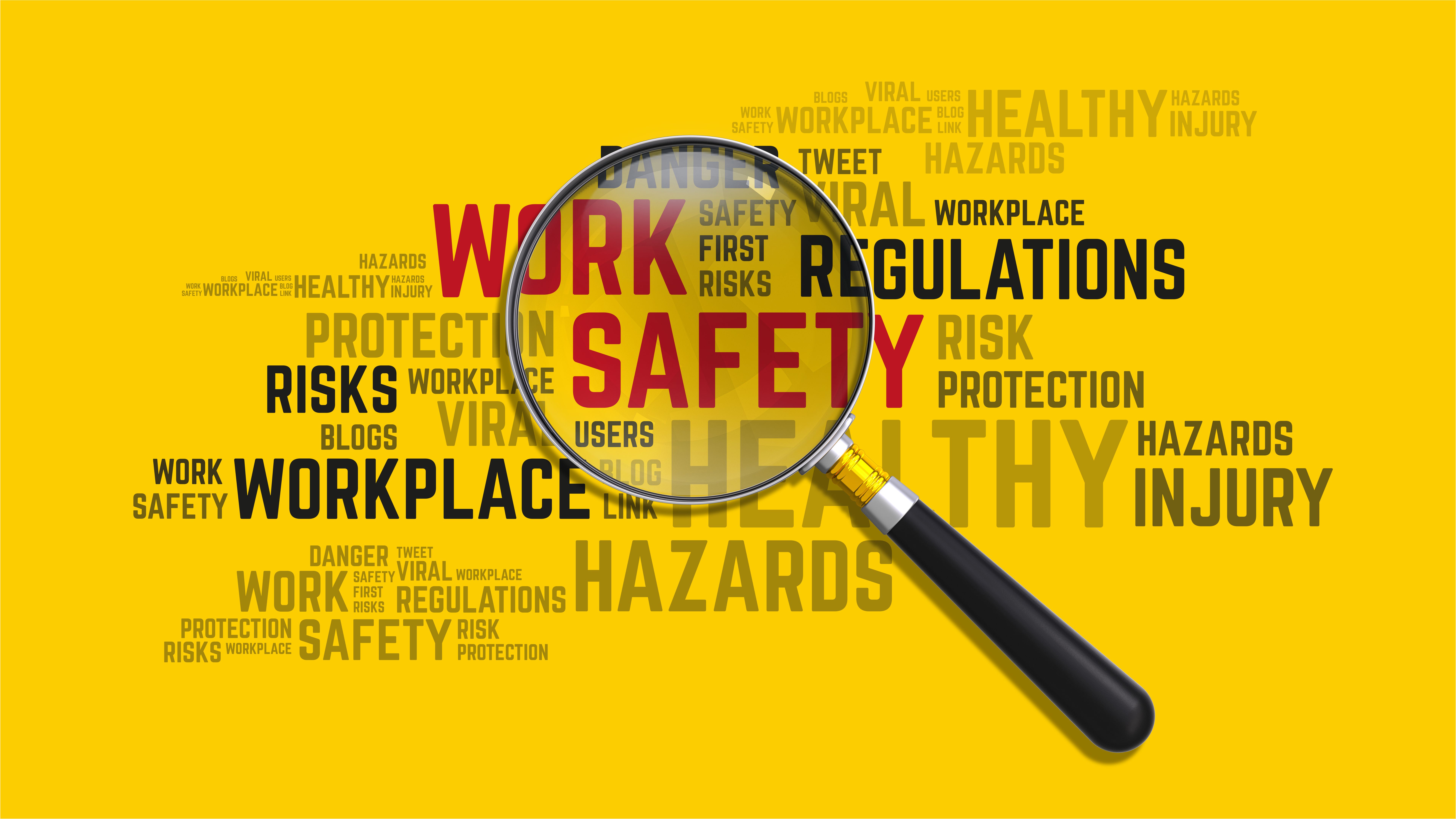Implementing Risk Management: A Case Study on Safety in Business
Understanding Risk Management in Business
In today's dynamic business environment, implementing effective risk management strategies is crucial for ensuring safety and sustainability. Companies are increasingly focusing on identifying potential risks and developing comprehensive plans to mitigate them. This approach not only safeguards the business but also enhances its reputation and operational efficiency.
Risk management involves a systematic process of identifying, analyzing, and responding to risks that could potentially impact a business's objectives. By proactively managing risks, businesses can minimize potential losses and capitalize on opportunities for growth.

The Importance of Safety in Business
Safety is a critical component of risk management. Ensuring the safety of employees, customers, and assets is paramount for any organization. A safe working environment leads to increased productivity, employee satisfaction, and reduced liability costs.
Businesses that prioritize safety are often viewed more favorably by stakeholders, including investors, clients, and regulatory bodies. This can lead to improved brand loyalty and a competitive edge in the market.
Case Study: Implementing Risk Management for Enhanced Safety
Let's explore a case study of a manufacturing company that successfully implemented risk management strategies to enhance safety. The company faced numerous safety challenges due to outdated equipment and lack of safety protocols.
The first step in their risk management process was conducting a thorough risk assessment. This involved identifying potential hazards in the workplace, evaluating the likelihood and impact of each risk, and prioritizing them based on their severity.

Developing a Risk Mitigation Plan
After identifying the risks, the company formulated a detailed risk mitigation plan. This plan included measures such as upgrading equipment, implementing regular safety training sessions, and establishing emergency response protocols.
The company also invested in advanced technology for real-time monitoring of safety conditions. This proactive approach allowed them to promptly address any emerging risks and prevent accidents before they occurred.
Results and Lessons Learned
The implementation of risk management strategies led to a significant reduction in workplace accidents and injuries. Employee morale improved, and there was a notable increase in productivity and efficiency.
From this case study, it is evident that effective risk management requires commitment from all levels of the organization. Involving employees in the development and execution of safety protocols fosters a culture of safety and accountability.

Conclusion: The Future of Risk Management
As businesses continue to evolve, so must their risk management strategies. Leveraging technology and data analytics will play a crucial role in identifying and mitigating risks more effectively. Organizations that integrate risk management into their core operations will be better positioned to navigate challenges and seize opportunities.
Ultimately, implementing risk management is not just about avoiding losses; it's about creating a resilient and sustainable business model that prioritizes safety and innovation. By learning from successful case studies, businesses can refine their strategies to achieve long-term success.